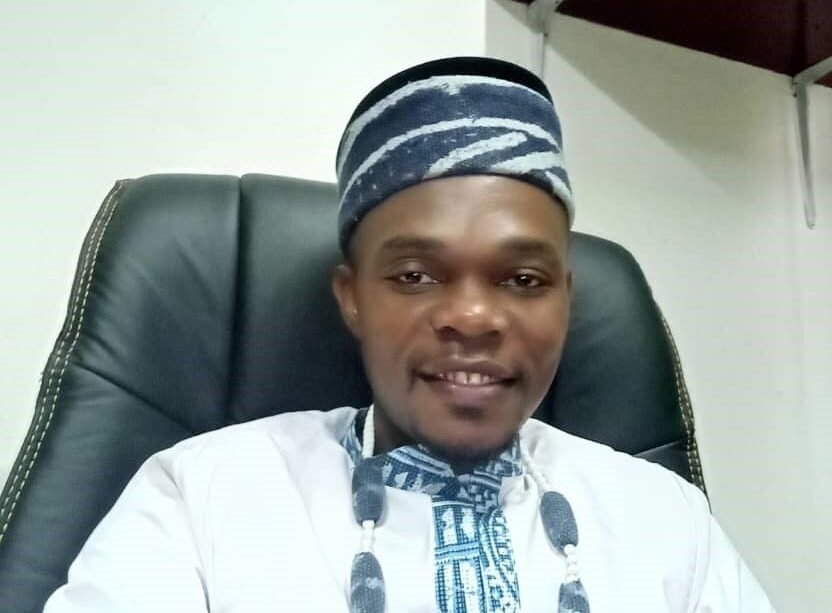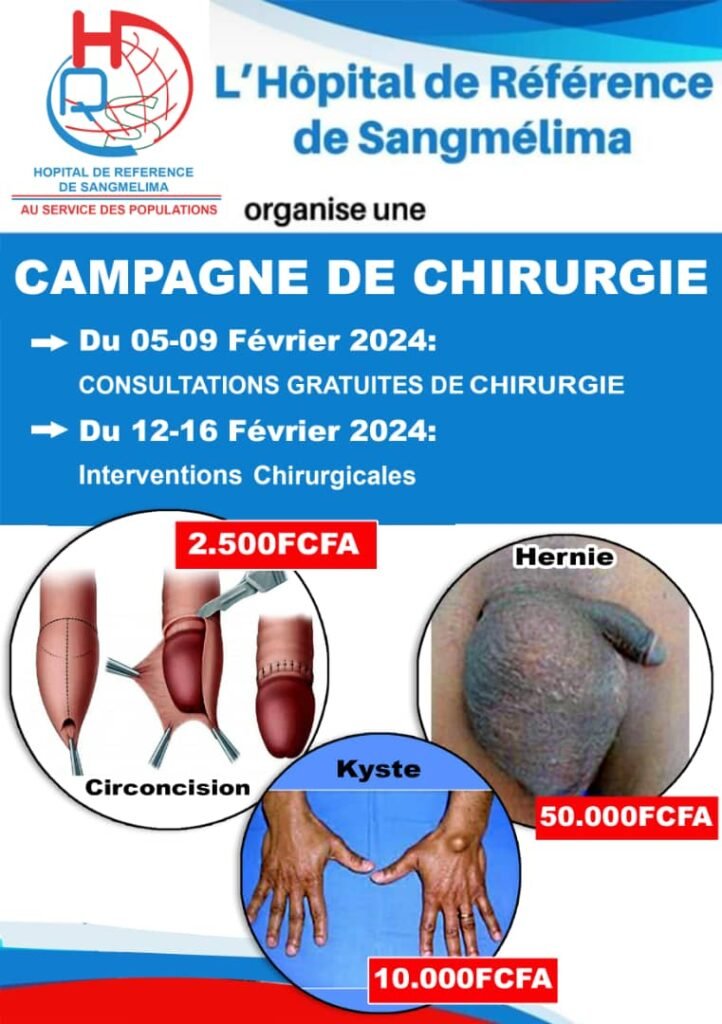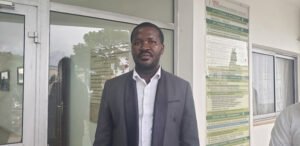“We expect around 200 cases of hydrocele and around 150 cases of lymphedema for the Northern region.”

Dr MPABAT MINKAT Théophile, Permanent Secretary of the National Program to Combat Onchocerciasis and Lymphatic Filariasis
Mr. Permanent Secretary of the National Program to Combat Onchocerciasis and Lymphatic Filariasis, you were in a training workshop with health personnel from the Northern region to discuss the detection and management of complications of lymphatic filariasis. In what context was the training held on this disease, which is little known by the population and sometimes even by health personnel?
Indeed, the context here is simply on the fringes of the Elfa project (Eliminate Lymphatic Filariasis in Africa) of which Cameroon was selected as a beneficiary of the said project which provides solutions to the problems related to the prevention of disability and the management of morbidity related to lymphatic filariasis. It must be said that lymphatic filariasis, its fight is focused on 2 strategic sub-axes. On the one hand, there is the interruption of transmission which is done by mass treatment consisting of the combination of albendazole plus ivermectin for at least 6 rounds of treatment and on the other hand, the prevention and the inability to manage morbidity which is the subject of this flagship activity that we are going to start in the 2 regions of the north, the North and the Far North.
Dr, mainly for the days of holding the workshop, what is the objective sought?
As for the activity started on February 4, its general objective is to strengthen the capacities of health personnel for the detection and confirmation of cases of morbidity linked to lymphatic filariasis in health facilities. More specifically, it will be a question of putting on the table the directives relating to the prevention and the inability to manage morbidity, of strengthening capacities on the technical, managerial and coordination axes of the Project; subsequently of reviving the mastery of data collection tools at all levels and of strengthening the knowledge of the circuit of the patient who is affected by morbidity and lymphatic filariasis.
What is the current epidemiological situation in Cameroon?
It must be said that 147 health districts in Cameroon are endemic out of the 205 that exist. And there are at least 15 million people at risk who live in these health centers. Overall, the country has already finalized the first strategic axis on interrupting transmission. There is nothing leftthe Akwaya health district which is under surveillance as part of the transmission assessments. It is missing its TAS 3 to close the loop. So, we are around 99% having already finalized their TAS 3 and currently, the only strategic axis that remains for us before submitting the file by 2028 is the axis on the prevention of the inability to manage morbidity which is made up of 2 essential points, it is the estimation of morbidity cases across the national territory. It is to know where the different cases are, to have their contact details so that we can contact them when the time comes, during management. The 2nd aspect is to assess the capacity of the system to manage these cases and this will be done by evaluating the fosas in order to see if they are capable of managing whether they are cases of hydrocele but also oflymphedema. This means that the country is currently ready to submit its application by 2028.
What is the trend observed in the Northern region?
It must be said that the Northern region has completed its transmission assessments, these TAS 3 transmission assessment surveys and currently, there is only this strategic TAS left which is focused on the prevention of disability and the management of morbidity. It must be said that it is the 2nd provider of morbidity cases after the Far North region. This is the reason why the Elfa project is starting in these 2 regions. We expect around 200 cases of hydrocele and around 150 cases of lymphedema for the Northern region. This means that this same region which will have to host by February 24, 2025 the sub-regional training on the surgical management of hydroceles is a good example to start the interventions because it must be said at least 50 cases will be the subject of the practical phase of this sub-regional training within the regional hospital of Garoua and this will be able to hammer home the start of the project in the 2 regions. In terms of emergencies, there are more emergencies for treatment since it is a region that has already stopped treatment. The emergencies are the adhesion of the communities for the Elfa project which will consist of identifying all cases of lymphedema and hydrocele. The populations must declare themselves, mobilize to be able to present the cases in order to take charge of them once and for all and to allow the country to evolve favorably towards this strategic sub-axis which requires a lot of effort to allow the country to submit the elimination file in 2028.
Interview by Marcus Dare
















